
Brazil has long been the backbone of flagship blends and espresso programs across the United States and the World. Its balance of body, chocolate-forward sweetness, and approachable price point made it a natural fit for roasters big and small. But with the U.S. now imposing a 50% import tariff on Brazilian goods, the economic reality has shifted. For many roasters, Brazilian coffee has simply become too expensive to anchor their blends.
The bad news: There is no exact flavor replacement for Brazil. (Fun Fact: The Brazilian cup profile is so unique that we actually have a different set of sensory standards for the origin as a whole.)
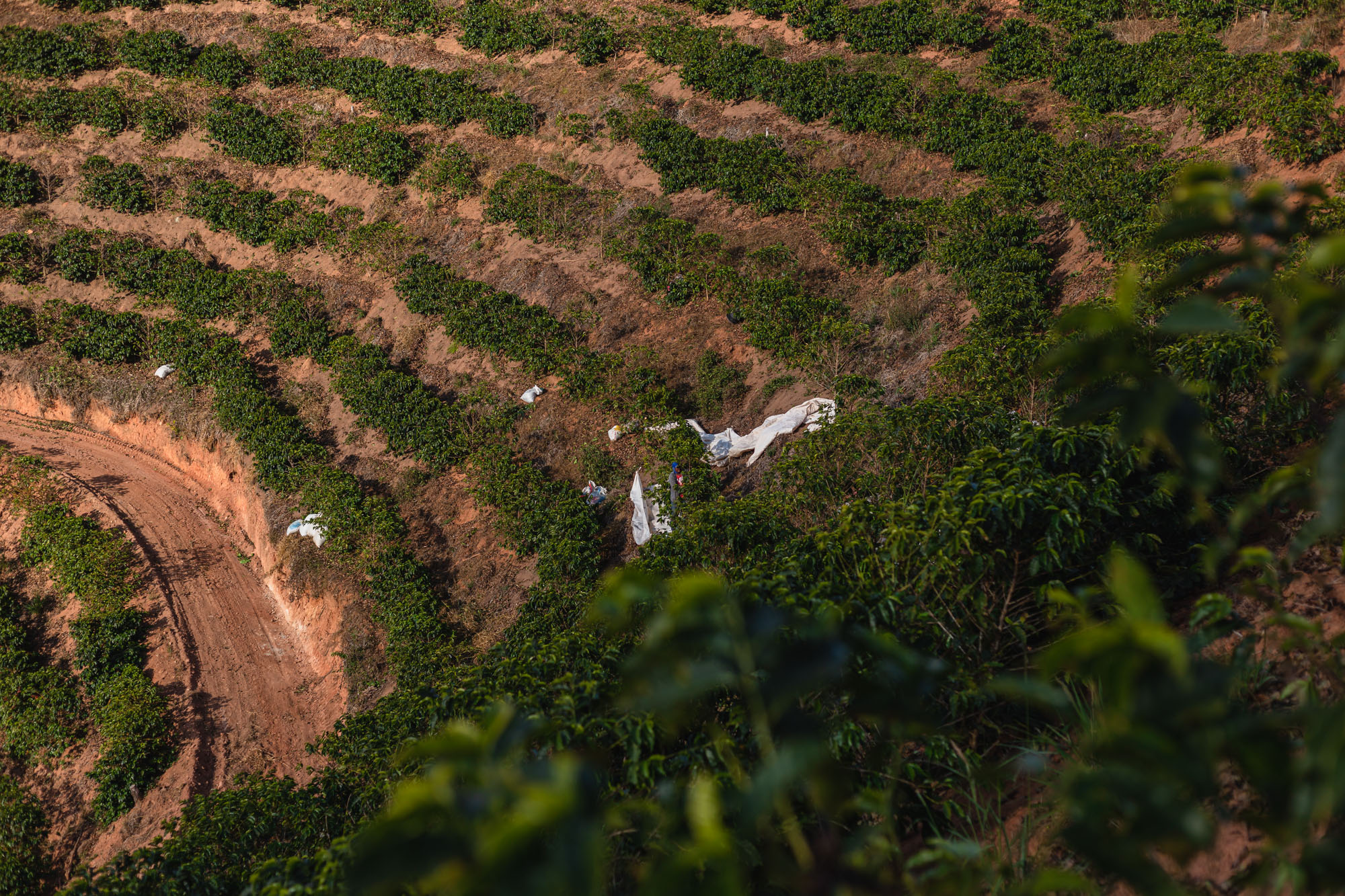
The good news: there are other origins that can offer similar flavor characteristics and competitive pricing—without the 50% tariff burden. As part of our use of the Coffee Rose over the last four years, we’ve developed a deep understanding and digital library of specific origin profiles that go beyond gut feeling. We can identify a target coffee or characterize a target profile and then find the coffees that have matched or gotten closest, specifically on an attribute-by-attribute basis. While we thought this was a tool to leave the days of “You liked this Ethiopia, you might like these 15 Ethiopias” behind us in favor of a direct search for what you liked about that specific Ethiopia (following the way that real sensory science works), the tariff situation has opened our eyes to an application for this capability that we did not expect.
To this end, we’ve found five origins of interest (and one bonus) that each exemplify aspects of Brazilian profiles in their own ways. At Cafe Imports, we’ve been working closely with producers across Peru, Honduras, Nicaragua, El Salvador, and Mexico for many years who are consistently producing coffees that can stand shoulder-to-shoulder with Brazilian offerings. We do have a timing issue right now, however…
Peruvian coffee will be shipping soon, but fresh centrals that could be an appropriate cost/flavor replacement won’t start shipping until the first part of 2026.
Let’s look at these origins and help you figure out your next move:
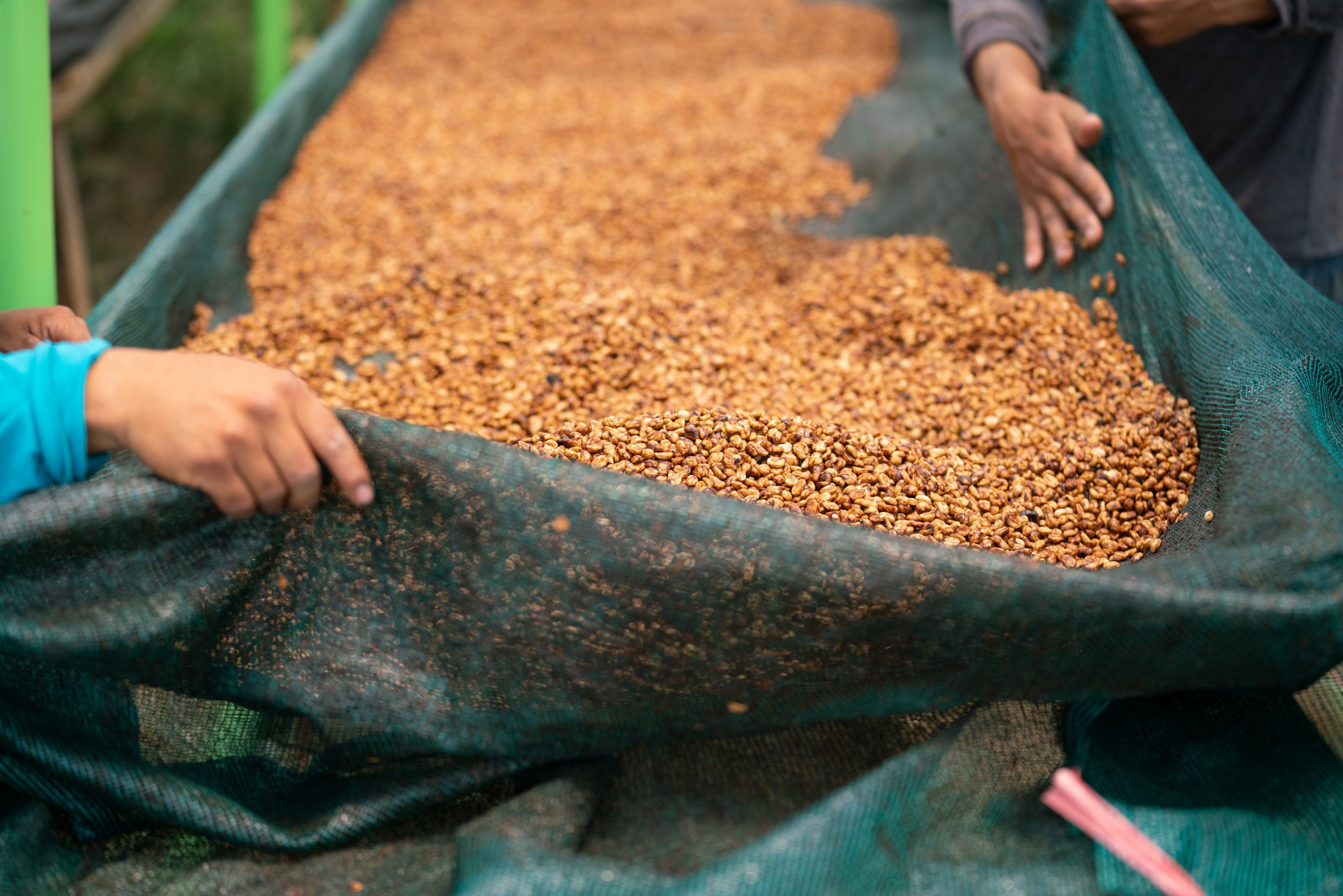
The Match:
Peru is a quiet powerhouse and a great substitute right now. The coffees often mirror Brazilian profiles with their chocolate and nutty flavors, medium body, and approachable acidity. Regional blending in Peru allows us to offer lots that are dependable, affordable, and versatile. They drop seamlessly into espresso blends where roasters might otherwise have leaned on Brazil. The additional bonus? Peru harvests in a similar window to Brazil.
Considerations:
One downside here is that differentials will be more expensive than Brazil, but not breaking the bank. Another consideration is that these coffees will tend to be a bit larger and more oblong than those from Brazil. This will be a familiar refrain, with one exception, and may impact roasting and extraction style.
The Match:
Honduras and Nicaragua have grown into two of the most consistent suppliers of approachable coffees in Central America. The cup profile often brings sweet cocoa, mild red fruit, and a touch of spice—a combination that echoes Brazil’s chocolate backbone while layering in just enough complexity to brighten a blend. Honduran and Nicaraguan coffees are typically very price-competitive and widely available, making them a practical replacement for roasters recalibrating their green costs.
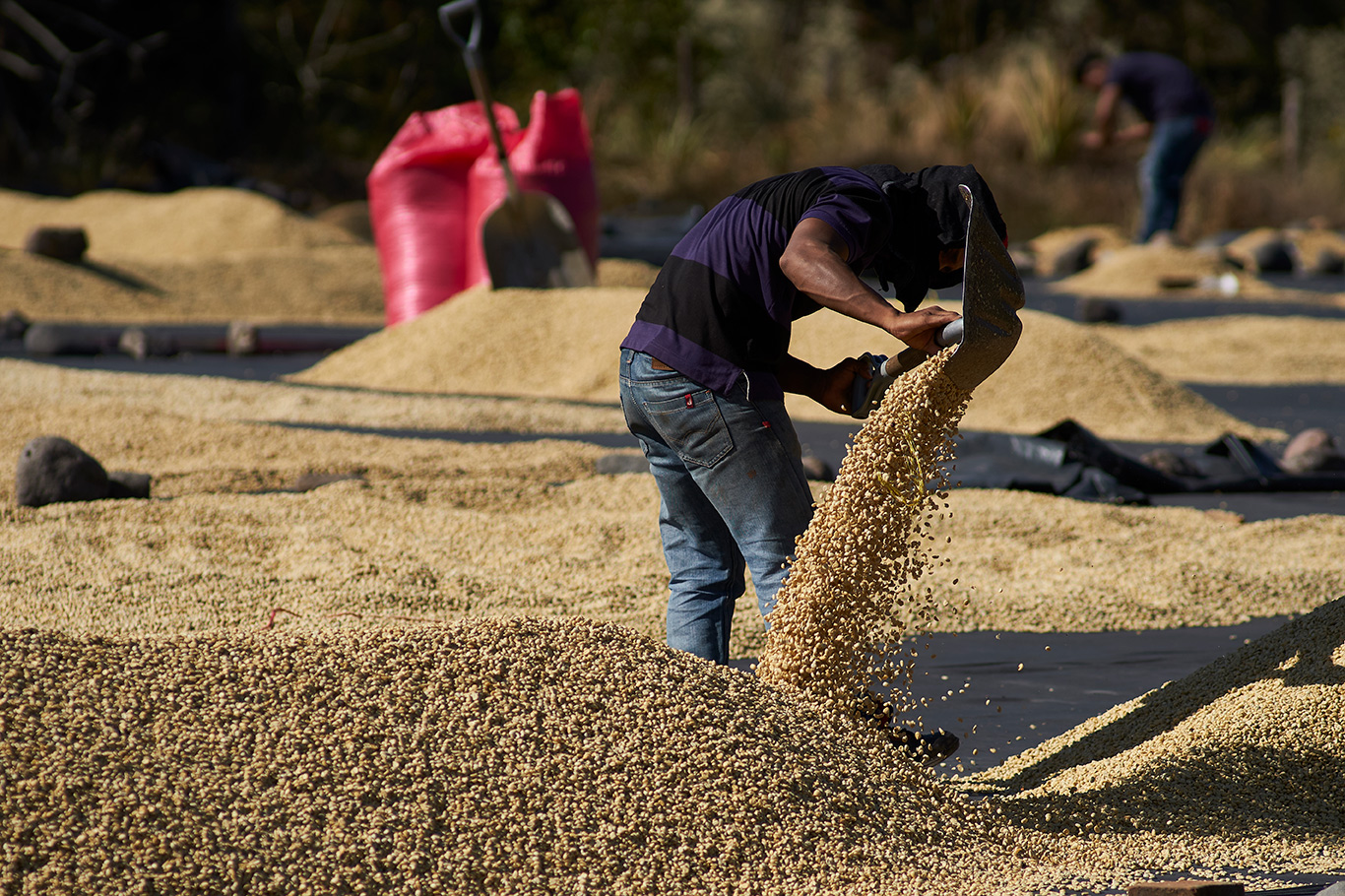
There is another aspect of Honduran and Nicaraguan coffees that might be an unexpected matching criterion for Brazilian coffee. Bear with me! Some Brazilian coffees have a subtle savory or herbal component. Now, before you skip on to the next one, note that the reason artificial strawberry flavor so often tastes so clearly artificial is that real strawberries have a notable, if subtle, suite of savory and herbal compounds that give it that extra depth and complexity. Most artificial flavors leave these out. We’re not talking about a mouthful of grass clippings here! We’re talking about a subtle but present “signature” that most people taste without identifying directly. It’s very possible that you don’t like “herbal” coffees while also appreciating coffees that have this gentle herbal complexity.
Considerations:
You might not prefer artificial strawberries to real ones, or the coffee metaphor equivalent. That’s understandable, and we have other options! Once again, bean shape and size can be a factor.
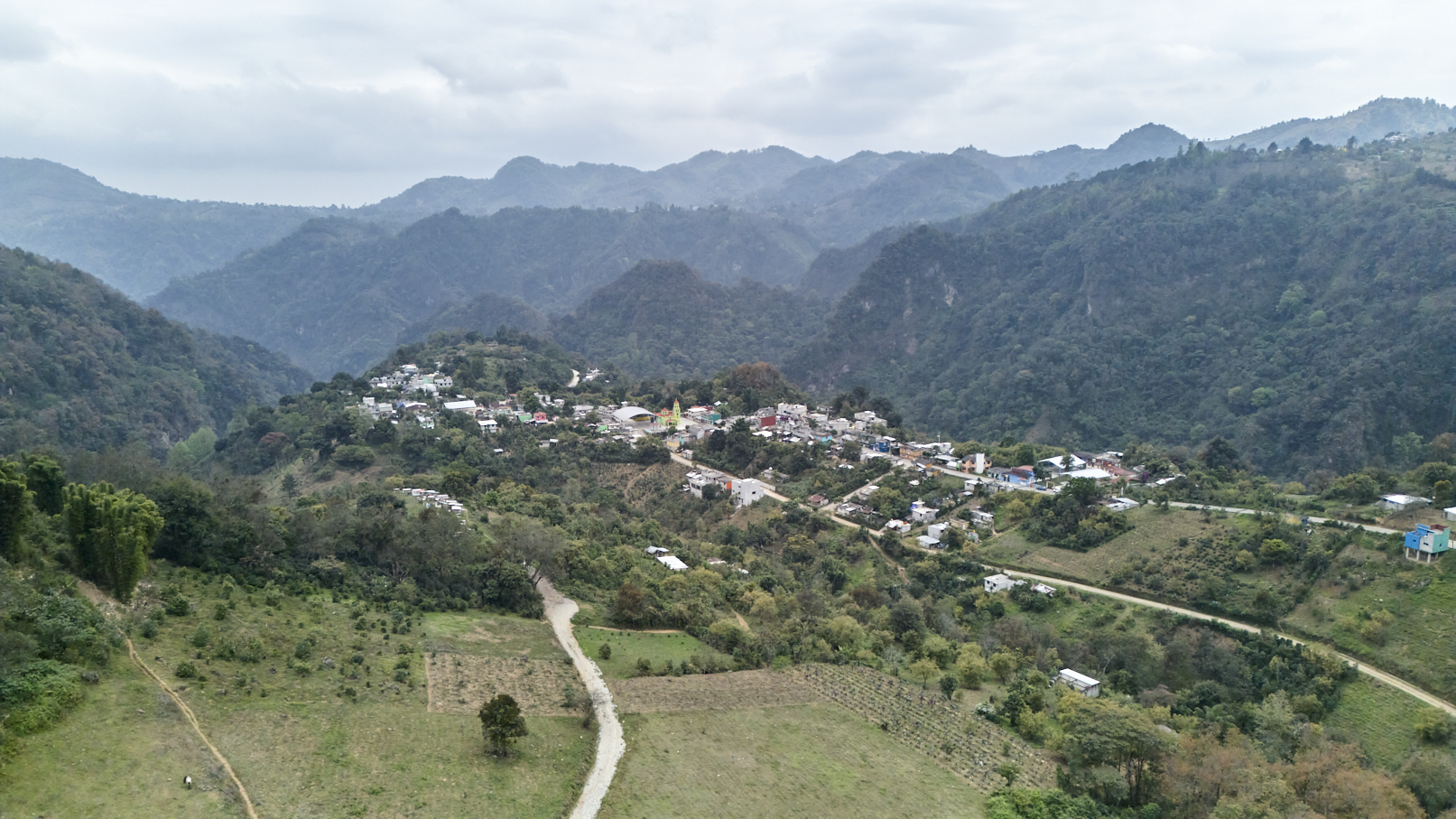
The Match:
For those looking for the most seamless substitution, Mexico is perhaps the most direct answer. Coffees from Chiapas (more similar to El Salvador) and Oaxaca (more similar to Honduras and Nicaragua) often bring chocolate, almond, and mild citrus flavors that roasters already associate with Brazilian lots. Beyond the cup, Mexico’s proximity to the U.S. provides logistical advantages: shorter shipping routes, fresher arrivals, and reduced freight costs. Additionally, under the USMCA, coffee from Mexico is exempt from tariffs. For roasters concerned about stability and budget, Mexico offers a reliable pathway forward and multiple options.
Considerations:
Very few. Bean shape and size are still in play, but to a lesser degree than other options.
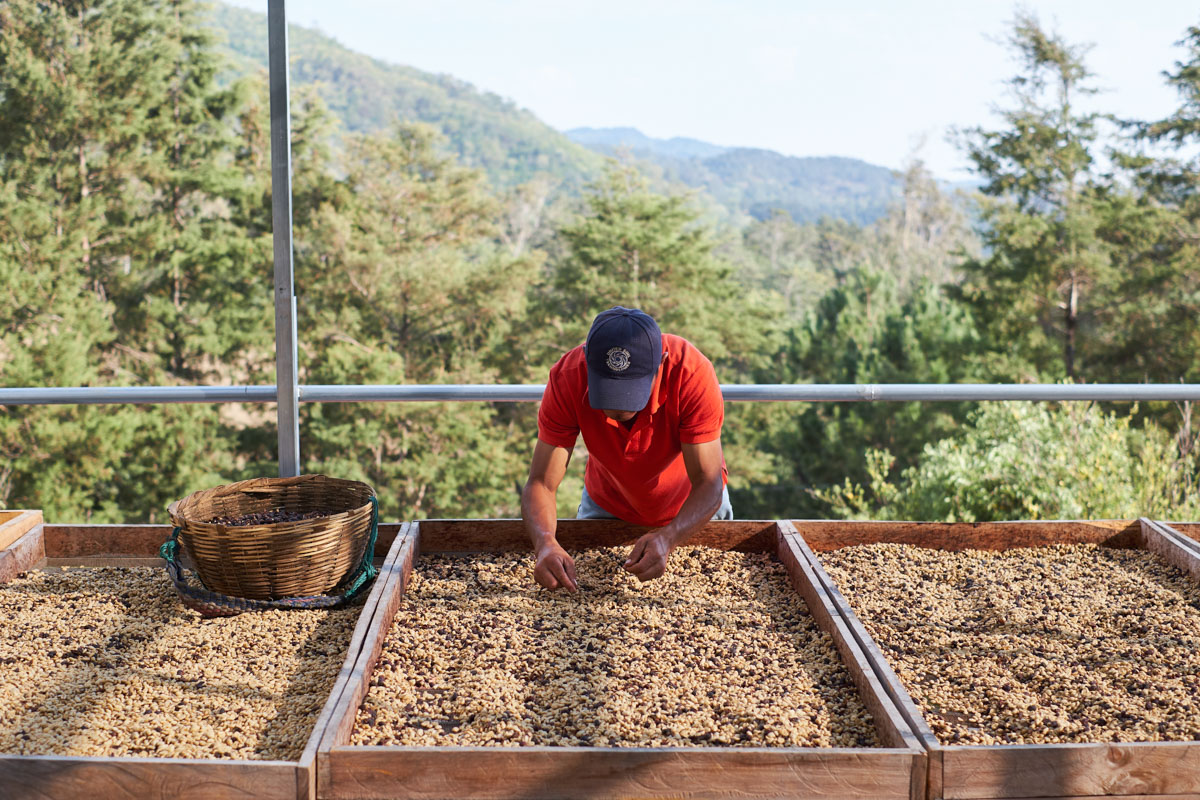
The Match:
Close in the running for the most seamless substitution, El Salvador approaches the question from a slightly different direction than Mexico. While we might tend to think about coffees from Chalate, Pacamaras, and other unique varieties, competitions, and increasingly progressive processing when we think about El Salvador, it’s crucial to remember modern Salvadoran coffee’s roots in the Pacas coffee variety.
Pacas is Bourbon-derived, small, and generally uniform. As such, Pacas from El Salvador tends to start from a base of chocolate and sweeter or fattier nut flavors, balanced sweetness and acidity, and a soft mouthfeel. It tends to be uniform and predictable in the roaster. It plays very well with others. Sound familiar?
Considerations:
Very few.
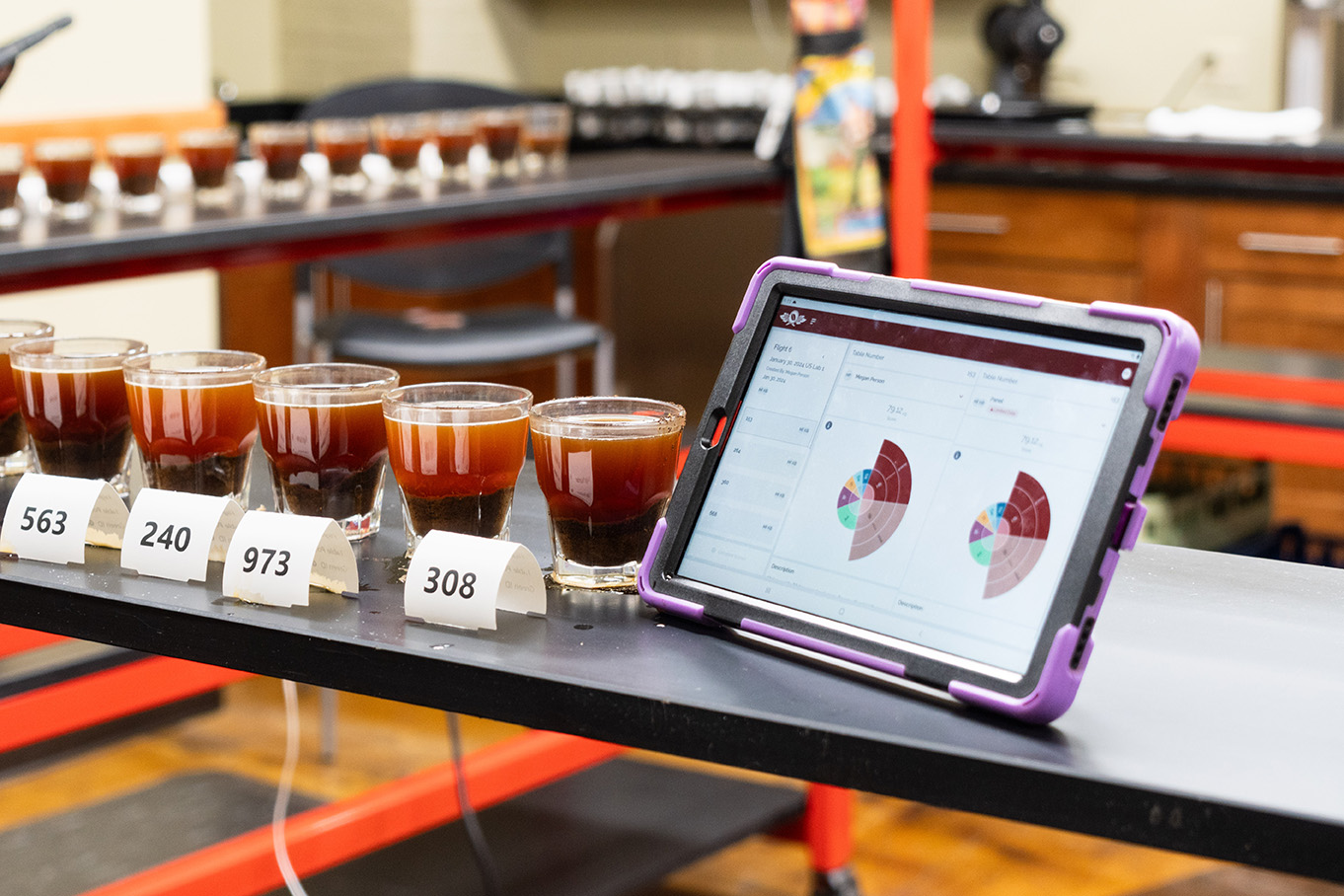
We know Brazilian coffee has been a cornerstone of the industry and replacing it during these chaotic times is no small shift. Sadly, the imposed tariffs and seemingly no government appetite for a coffee exemption makes adaptation necessary. The encouraging news is that Peru, Honduras, Nicaragua, Mexico, and El Salvador all provide coffees that can fill the gap—offering similar cup profiles, reliable availability, and more competitive landed pricing.
At Cafe Imports, our goal is to help roasters navigate these challenges while keeping blends delicious, consistent, and financially sustainable. Reach out to your sales rep—we’d be glad to cup these alternatives with you and help build the next chapter of your blends…But what about the secret Bonus Coffee that I mentioned?
The Match:
This one is all profile, but certainly not all India. The specific Indian coffees that come up here do so with flying colors. Plantation A and Cherry AB Arabicas both can do a particularly Brazilian cup thing better than everyone else, and that’s the mouthfeel. We often tend to think of India bimodally, with crazy boutique lots on the one hand and monsooned and robustas on the other. Plantation and Arabica Cherry (A and AB, respectively) land squarely in between these extremes. They tend to be mild and balanced while offering the soft, rich, and sort of textural mouthfeel that Brazil does so well and that is so difficult to capture elsewhere.
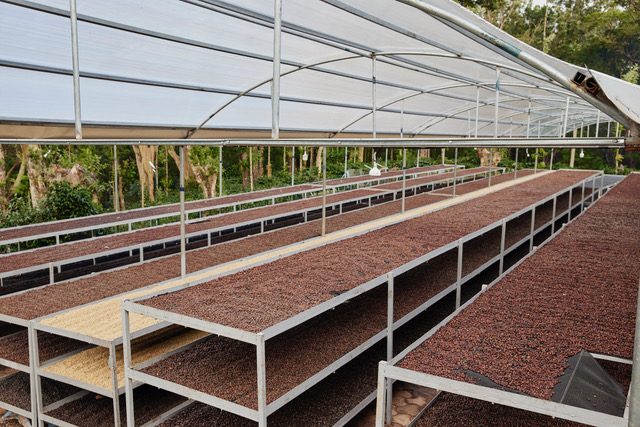
How close are they? Remember the different set of sensory standards that we mentioned to start? We also use them for Indian coffees, with specific consideration for these two types.
Considerations:
Ehhhhh…the reason we’re here in the first place: tariffs. Like Brazil, India is subject to a 50% tariff. That being said, if there’s one thing that we’ve learned about tariffs over the last year, it’s that the emphasis is firmly on the ifs. If, for whatever reason, the tariffs on India are lifted or reduced before those on Brazil, it may be worth your while to consider these coffees as replacements. The main other consideration here, as with most others, is that beans tend to be larger and more oblong than those of Brazilian coffees.